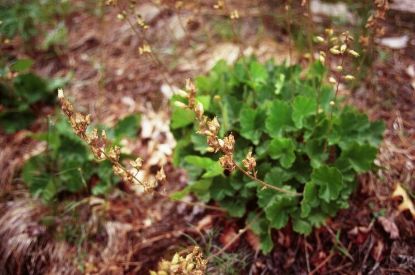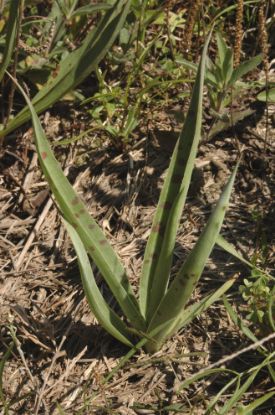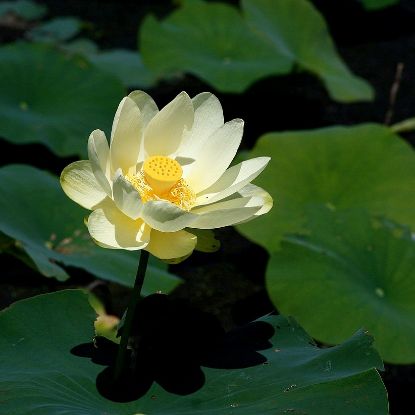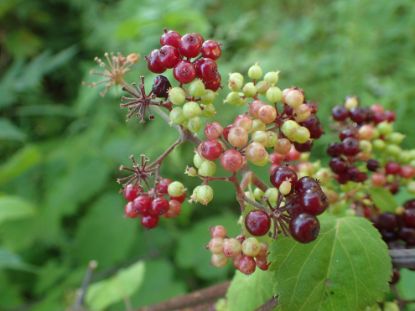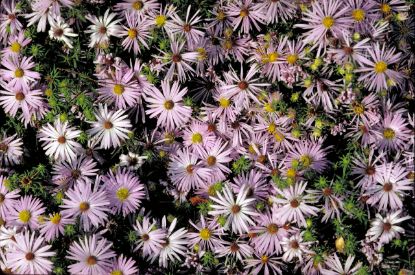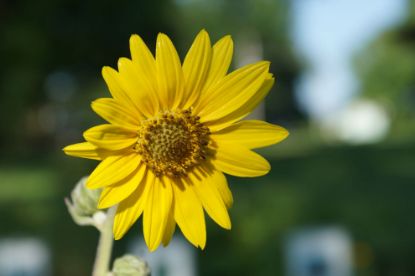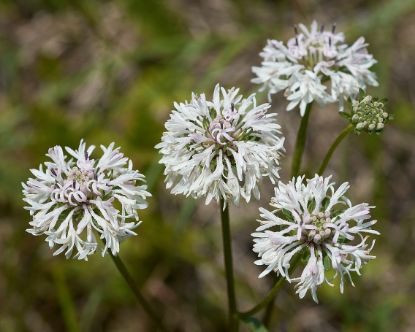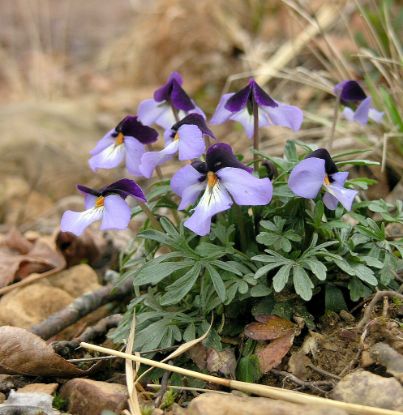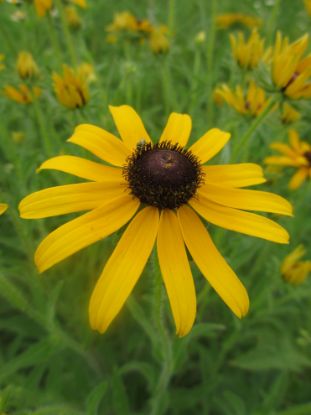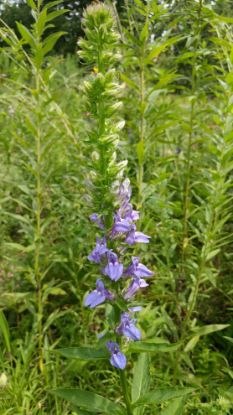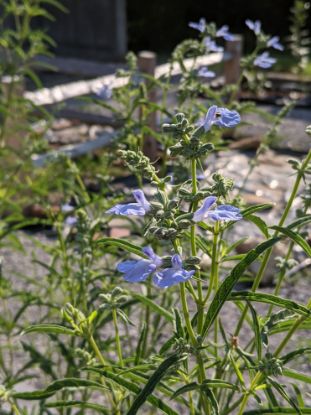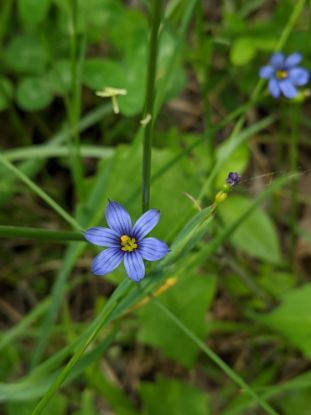Filter by attributes
Wildflowers
Sort by
Display
per page
View as
204 products found
Alumroot (Heuchera richardsonii)
Mounding shape, beautiful leaf structure. Use as a ground cover in sun or dappled shade.
I'm sleeping right now. See you in the spring.
From $6.00
American Agave (Manfreda virginica)
Foliage is only 10" tall; flower spikes can reach 6'. Native to Ozark region and further south. Can tolerate dry conditions – good for a warm, dry, sandy or rocky location. Mostly pollinated by moths.
I'm sleeping right now. See you in the spring.
$6.00
American Ipecac (Gillenia stipulata)
Nice fall color with reddish stems and yellow or red leaves. The foliage is toxic to mammels so is not preferred by deer and rabbits.
I'm sleeping right now. See you in the spring.
$6.00
American Lotus (Nelumbo lutea)
Pond plant. Will spread rapidly and take over an entire pond. May be best grown in a pot so they don't take over your whole pond.
Out of stock
$6.00
American Spikenard (Aralia racemosa)
Large specimen for a moist, well-drained shady area. Clusters of red-purple berries in fall attract birds (but not for human consumption). Roots used to make root beer.
I'm sleeping right now. See you in the spring.
$6.00
Aromatic Aster (Symphyotrichum oblongifolium)
Can form a bush-like plant, getting as wide as tall. Great for late-season nectar that the pollinators will love. Fragrant leaves.
I'm sleeping right now. See you in the spring.
$6.00
Ashy Sunflower (Helianthus mollis)
Can be aggressive, may need to weed, but seeds are great for birds. Better in larger gardens. A study in KC showed that Helianthus is one of the plant genera in our area that attracts the largest number of different bee species.
I'm sleeping right now. See you in the spring.
$6.00
Barbaras Buttons (Marshallia caespitosa)
Cute as a button, these short perennials will attract pollinators in last spring/early summer.
I'm sleeping right now. See you in the spring.
$6.00
Bee Balm/Bergamot (Monarda fistulosa)
Pollinators love this plant! Has a minty scent. Provide good air circulation to help prevent powdery mildew, which will turn the leaves gray but likely won't kill the plant.
I'm sleeping right now. See you in the spring.
$6.00
Bird's Foot Violet (Viola pedata)
A nice groundcover for a site with poor soil that is well drained; does not tolerate wet feet. May sometimes bloom again in the fall. Hosts fritillary butterflies.
Out of stock
$6.00
Black-eyed Susan (Rudbeckia hirta)
Annual or biennial so must be allowed to reseed. Makes a beautiful statement when planted in masses. Supports the specialist Mining Bee Andrena rudbeckiae, and hosts some moths and butterflies.
I'm sleeping right now. See you in the spring.
$6.00
Blue Baptisia (Baptisia australis)
Beautiful leaves, bloom, and seed pod. Takes a few years before flowering. May flop in too much shade or soil with too much nutrients, otherwise stands upright on its own in a bush-like form.
I'm sleeping right now. See you in the spring.
From $6.00
Blue Lobelia (Lobelia siphilitica)
A beautiful plant for the rain garden. Pollinators love it too.
I'm sleeping right now. See you in the spring.
$6.00
Blue Sage (Salvia azurea)
Great source of late-season nectar for the bees and butterflies. May get tall and floppy in rich soil so plant with other tall flowers or grasses or trim back through early summer to get a shorter plant. Remove spent flowers in late summer to encourage fa
I'm sleeping right now. See you in the spring.
$6.00
Blue-eyed Grass (Sisyrinchium angustifolium)
A cute little grass-looking plant in the Iris family, great for a formal border. May benefit from division every 2-3 years. Mostly pollinated by halictid bees.
I'm sleeping right now. See you in the spring.
$6.00
